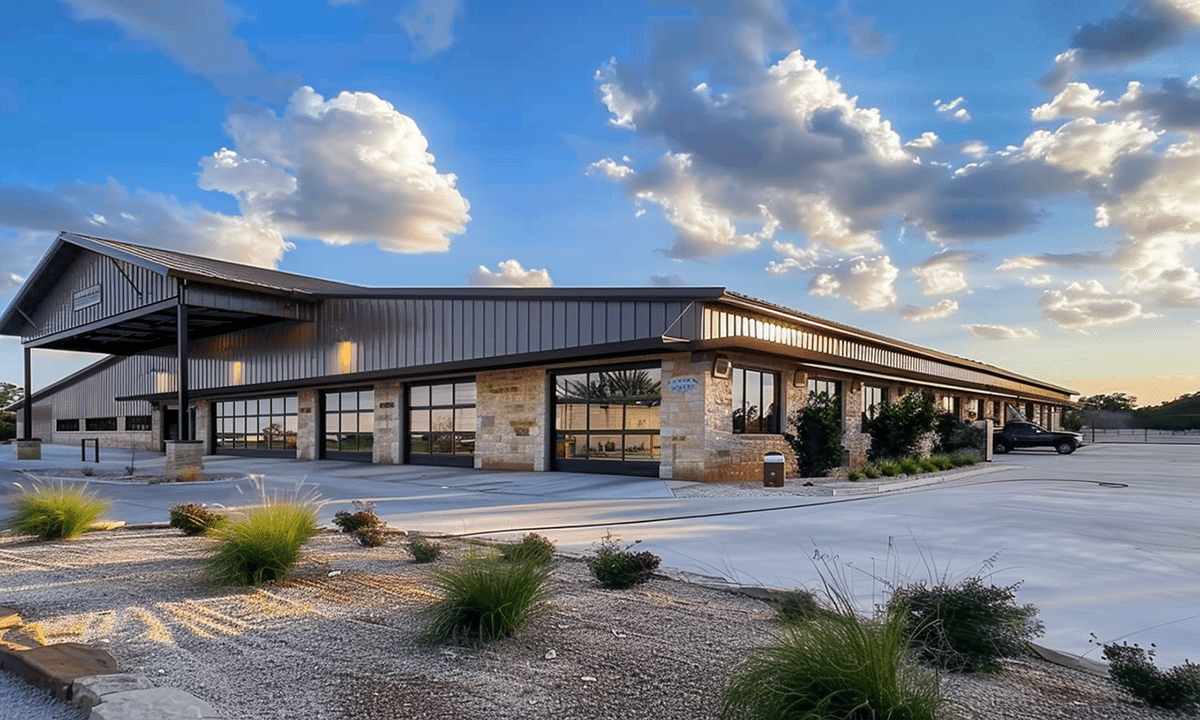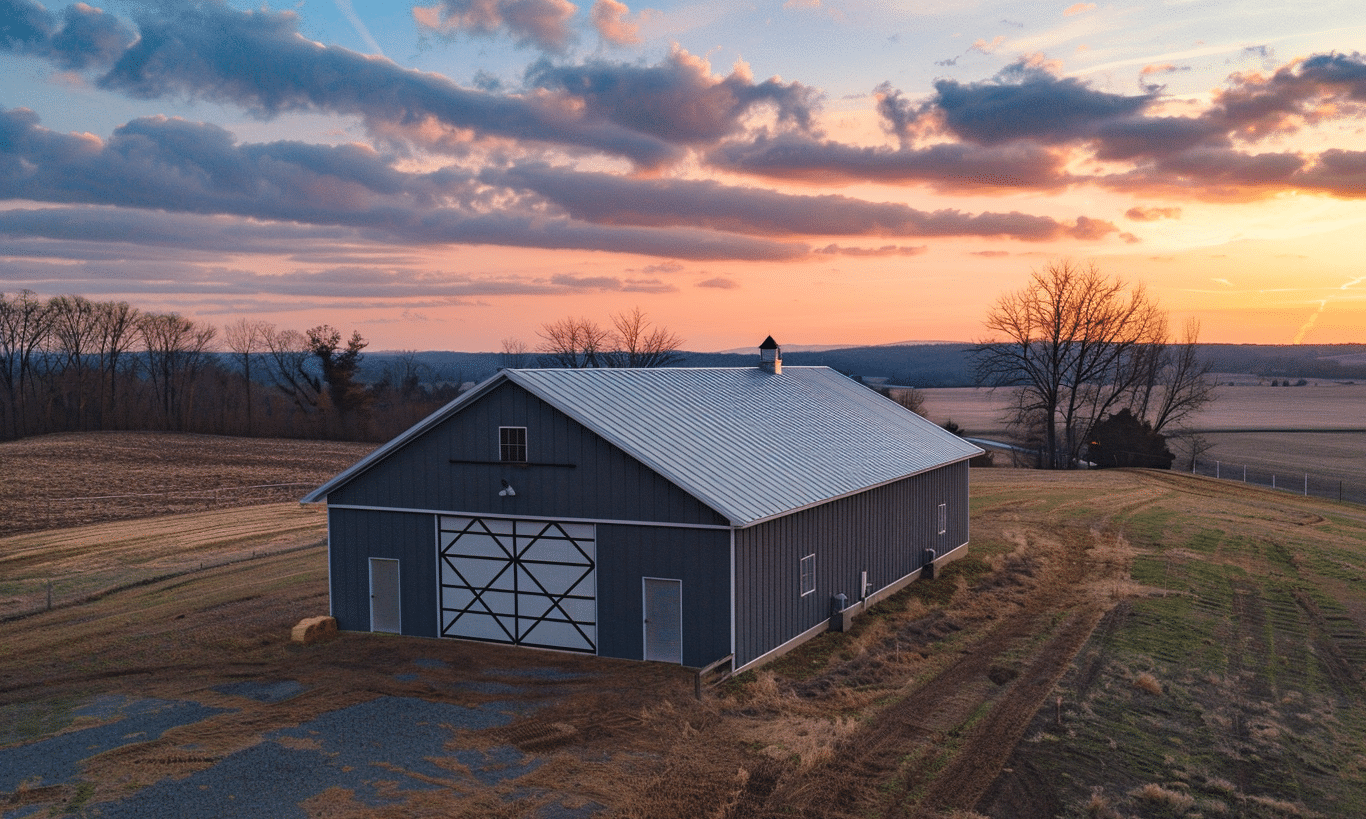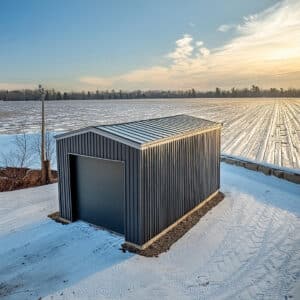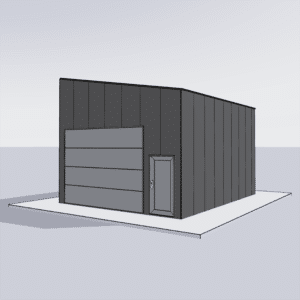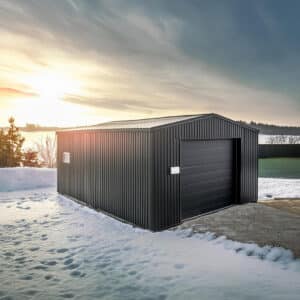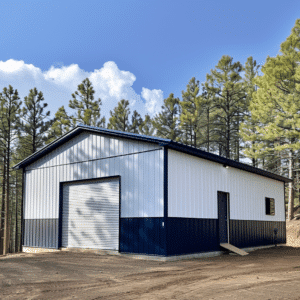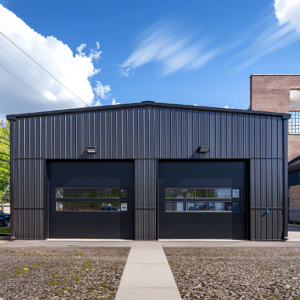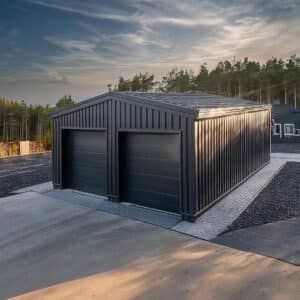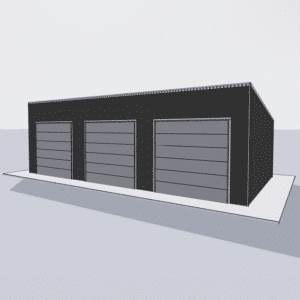Navigating the world of agricultural steel buildings can often feel as daunting as a never-ending field of canola ready for harvest. With a myriad of questions flooding a farmer’s mind—from cost considerations to structural benefits—understanding the ins and outs of steel buildings is essential for making an informed choice that yields a bountiful return. In this article, we dive deep into farmers’ most frequently asked questions about Farm & Agricultural Steel Construction and provide comprehensive answers to help ease your decision-making process. So, let’s put on our steel boots and step into the world of steel farm FAQs.
What Are the Key Benefits of Steel Agricultural Buildings?
When contemplating the transition to Agricultural Steel Buildings, one of the first questions farmers ask is about the benefits they offer. Steel buildings provide several noteworthy advantages:
1. **Durability**: Steel is renowned for its long-lasting strength, capable of withstanding severe weather conditions such as snowstorms, strong winds, and hail.
2. **Low Maintenance**: Unlike traditional wooden structures, steel requires minimal maintenance, saving farmers valuable time and money on repairs.
3. **Pest Resistance**: Steel is impervious to pests like termites and rodents that can cause significant damage, ensuring your structure remains pristine.
4. **Cost-Effectiveness**: Initially, steel buildings might seem more expensive, but the investment pays off due to their longevity and reduced maintenance needs.
These benefits make steel buildings an increasingly popular choice among modern farmers seeking efficiency and sustainability.
Do Steel Buildings Meet Agricultural Building Regulations?
Understandably, compliance with local building codes is a top concern. In Canada, agricultural building regulations vary by province and territory, but generally, steel buildings are designed to meet or exceed these requirements. It’s vital to consult with local authorities and familiarize yourself with agricultural building regulations to ensure compliance and avoid any future penalties.
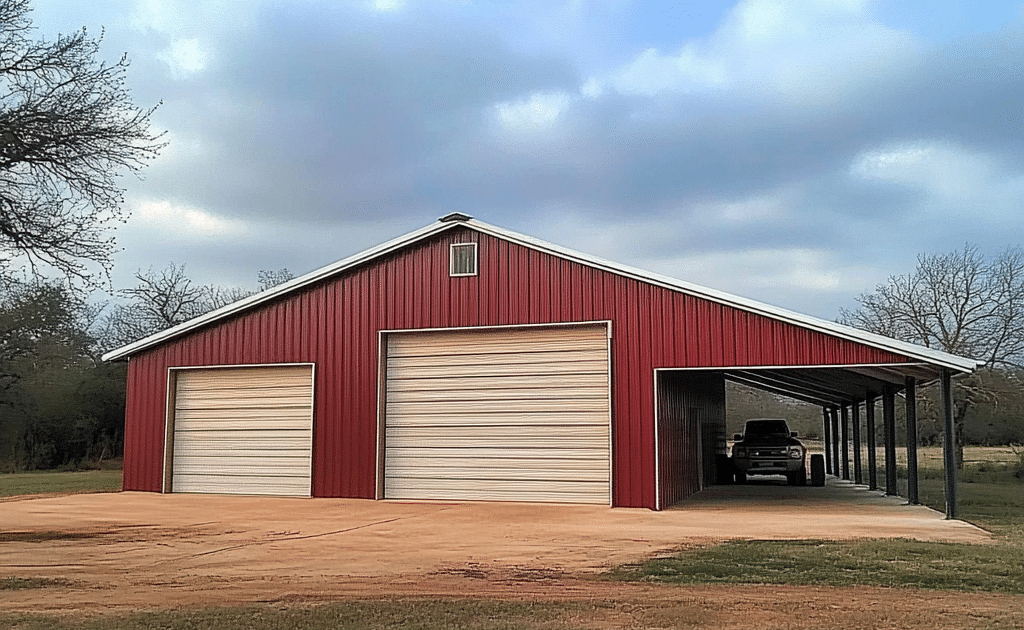
How Customizable Are Steel Farm Buildings?
Customization is a significant factor that affects whether steel buildings align with a farmer’s specific needs. The good news is that steel agricultural buildings offer vast customization options. From size and layout to specific functional elements such as ventilation systems and insulation, steel buildings can be tailored to meet your operational needs. This flexibility allows for the effective creation of storage facilities, equipment sheds, or even Steel Livestock Housing, ensuring your operations run smoothly.
In addition, steel buildings can be aesthetically customized, so you’re not just investing in functionality but also enhancing the visual appeal of your farm.
Are Steel Buildings Environmentally Friendly?
Environmental impact is a crucial consideration for farmers who wish to incorporate sustainable practices. Steel is a highly eco-friendly material for several reasons:
– **Recyclability**: Steel is 100% recyclable, making it a sustainable building choice. When a building reaches the end of its life, the steel can be repurposed for future projects.
– **Energy Efficiency**: Many steel buildings can be designed with energy-efficient features, such as insulated panels, which help in reducing energy consumption throughout the seasons.
– **Resource Efficiency**: The production process of steel is continually becoming more efficient, using less energy and producing fewer waste by-products.
These factors contribute to steel buildings being an environmentally conscious choice, aligning well with agricultural sustainability goals.
What Are Common Misconceptions About Steel Agricultural Buildings?
Despite their growing popularity, several myths and misconceptions persist about steel buildings:
**1. “Steel Buildings Are Not Versatile”:** This myth stems from the past when steel structures were mainly utilitarian and industrial. However, modern Steel Building FAQs show that they are incredibly versatile, suitable for all types of agricultural needs.
**2. “They Are Too Expensive”:** While the upfront costs can be high, the long-term savings on maintenance and repairs often offset these initial expenses, making them a cost-effective solution.
**3. “Steel Buildings Are Susceptible to Rust”:** Steel used in construction is usually treated with protective coatings to resist rust and corrosion, particularly when used in agricultural environments.
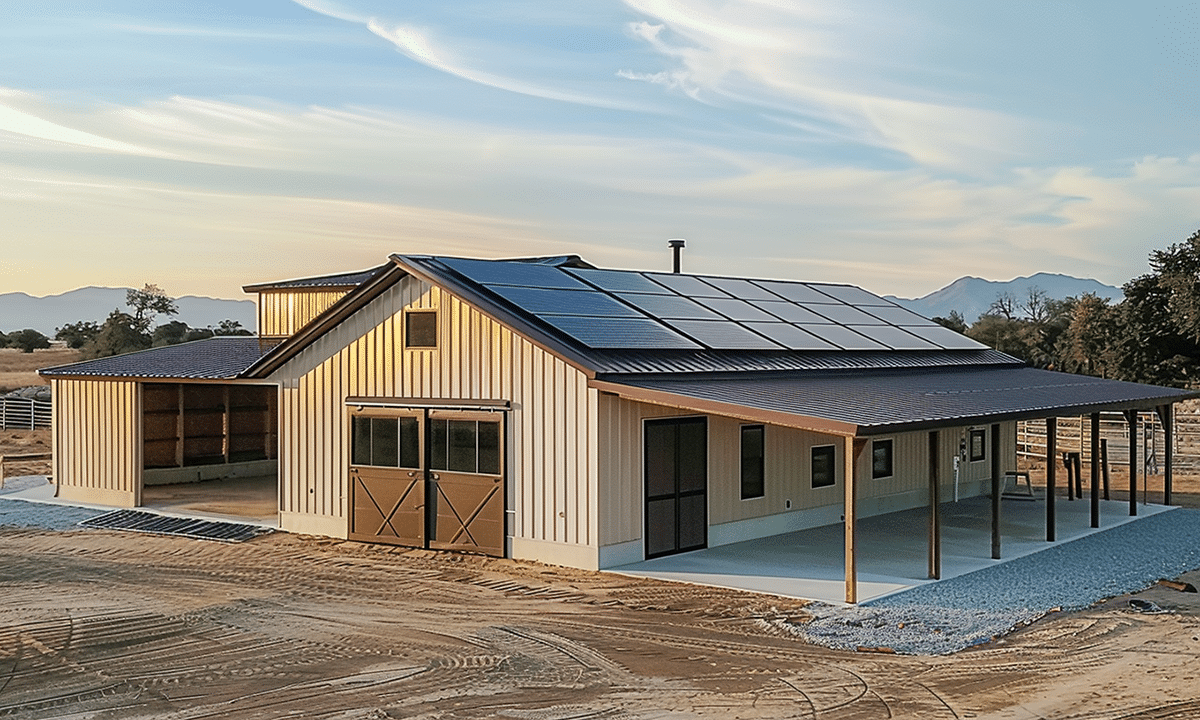
Conclusion
In summary, investing in a steel agricultural building is like planting seeds for future success. They offer benefits that traditional materials cannot match, from durability to environmental friendliness. By addressing common questions and dispelling myths, we hope this guide has provided a clearer understanding of why steel farm buildings might be the perfect choice for your agricultural needs. As you consider your options, remember that Farm & Agricultural Steel Construction not only ensures robust structures but also aligns with modern sustainability practices, paving the way for a thriving future.
Ready to explore the potential of steel buildings for your farm? Visit our website and learn more about what these structures can do for you.
